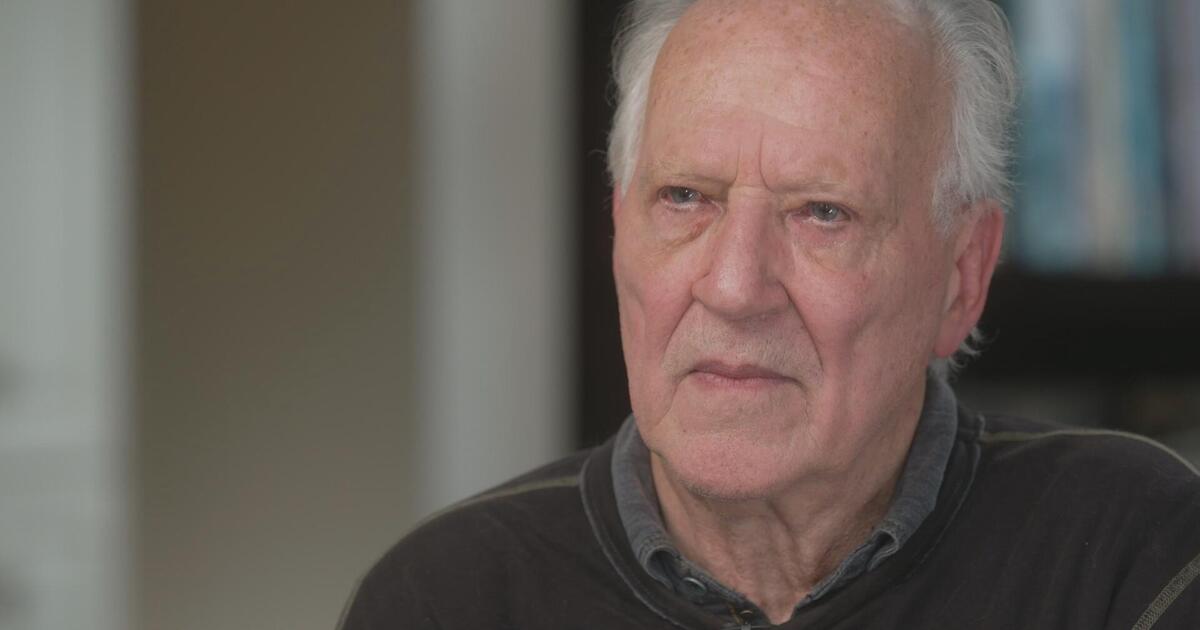Werner Herzog: The Audacious Journey Behind His Unyielding Cinematic Vision
When one thinks of the cinematic landscape, few names resonate as powerfully as that of Werner Herzog. A filmmaker whose audacity knows no bounds, Herzog’s career spans over five decades, during which he has crafted a unique niche in the world of cinema. His films often delve into the human condition’s depths, exploring themes of existentialism, nature, and the absurdity of life itself. But what drives this visionary director? What lengths is he willing to go to create his compelling films? These questions shed light on the intersection of passion and perseverance in Herzog’s artistic pursuit.
The Genesis of Herzog’s Artistic Vision
Born in Munich, Germany, in 1942, Herzog’s early life was marked by the aftermath of World War II, which deeply influenced his worldview. He grew up in an environment of destruction and chaos, giving rise to his fascination with existential themes that would later permeate his films. Herzog’s journey into filmmaking began in the late 1950s when he started making short films. However, it was his feature films in the 1970s, such as “Aguirre, the Wrath of God” and “Fitzcarraldo,” that established him as a filmmaker to watch.
One of the defining aspects of Herzog’s work is his willingness to confront the extremes of human experience. He once stated, “I believe the common denominator of the universe is not harmony, but chaos, hostility, and murder.” This philosophy is vividly illustrated in his films, which often showcase characters who are driven by an insatiable desire to conquer nature or their internal demons, regardless of the cost.
The Challenges of Creation
Herzog’s commitment to his craft is legendary, often leading him to embark on perilous adventures for the sake of authenticity. For instance, in “Fitzcarraldo,” he famously transported a 320-ton steamship over a mountain in the Amazon rainforest. This audacious feat was not just a cinematic gimmick; it was a testament to Herzog’s belief in the necessity of real experiences in filmmaking. He once remarked, “I would like to be a poet, but I can’t help it—I’m a filmmaker.” This sentiment captures his struggle: the tension between the poet’s dream and the filmmaker’s reality.
The Intersection of Passion and Risk
Herzog’s films are riddled with stories that reflect his thirst for adventure and the lengths he is willing to go to achieve his artistic vision. Here are a few notable examples:
- Grizzly Man: Herzog explores the life and tragic death of Timothy Treadwell, who lived among grizzly bears. The film raises profound questions about humanity’s relationship with nature, showcasing Herzog’s ability to delve deep into the psyche of his subjects.
- Encounters at the End of the World: In this documentary, Herzog travels to Antarctica to uncover the lives of scientists. His journey reveals not only the stunning landscapes but also the unique human stories of isolation and survival.
- Bad Lieutenant: Port of Call New Orleans: This film showcases Herzog’s ability to navigate dark themes with a mix of humor and tragedy, reflecting his complex view of morality and existence.
Each of these films exemplifies Herzog’s philosophy: that true art often emerges from hardship and struggle. He has candidly shared that his experiences, whether they involve physical danger or emotional turmoil, are essential to the authenticity of his work.
Herzog’s Unique Style and Influence
Herzog’s filmmaking style is marked by his distinctive narrative voice, often characterized by a poetic approach to storytelling. He frequently employs a meditative pace, allowing audiences to reflect on the themes presented. His use of non-professional actors and real locations further enhances the authenticity of his films. Herzog’s documentaries, in particular, are noted for their exploration of the bizarre and the extraordinary aspects of human life.
His influence extends beyond cinema; Herzog has inspired countless filmmakers and artists. Directors like Harmony Korine and Lars von Trier have cited him as a major influence, often emulating his willingness to challenge conventional storytelling. Herzog’s insistence on blurring the lines between fiction and reality has sparked debates about the nature of truth in cinema, pushing audiences to question what they perceive on screen.
The Legacy of Werner Herzog
As Herzog continues to create, his legacy grows ever more profound. His fearless exploration of the human experience resonates with audiences worldwide, prompting them to confront their own fears and desires. In a world increasingly dominated by formulaic storytelling, Herzog’s audacity serves as a reminder of the power of cinema to evoke genuine emotion and provoke thought.
In recent years, Herzog has embraced new mediums, including virtual reality and television, while retaining his distinct voice. His documentary series, “Meeting Gorbachev,” showcases his ability to engage with current events while maintaining his characteristic depth of inquiry.
Conclusion: A Testament to Artistic Integrity
Werner Herzog’s journey is a testament to the power of passion and perseverance in the world of cinema. His willingness to face challenges head-on and to immerse himself in the experiences of his subjects is what sets him apart as a filmmaker. Herzog’s audacious vision, marked by a relentless pursuit of truth and authenticity, invites audiences to embark on their own journeys of exploration and reflection.
In a rapidly evolving industry, where commercial interests often overshadow artistic integrity, Herzog remains a beacon of hope for aspiring filmmakers. His work encourages others to seek out the extraordinary in the ordinary and to embrace the uncertainties of life. As Herzog himself eloquently stated, “There is no such thing as a boring story, only boring storytellers.” His legacy is a call to action for all who wish to tell their own stories with integrity, creativity, and audacity.
See more CNET Live

